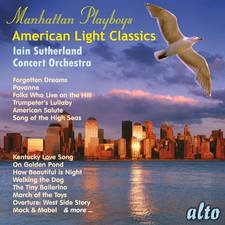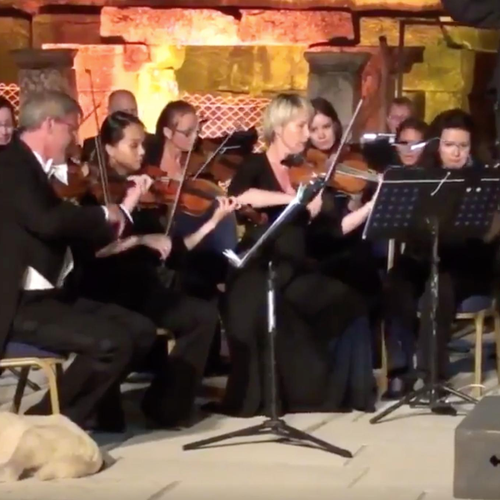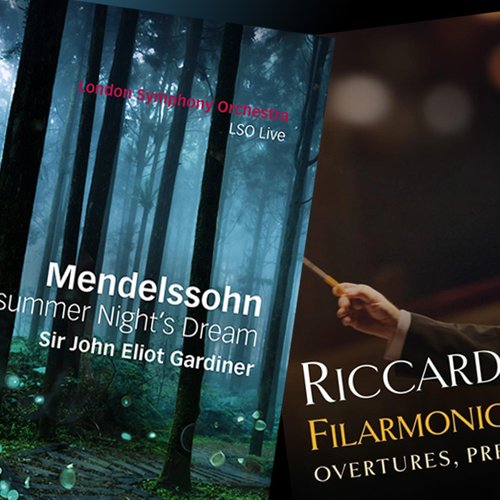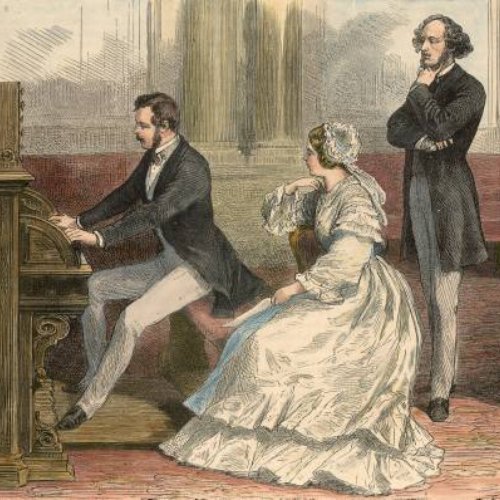Felix Mendelssohn's Chamber Music
To the supremely cultivated Mendelssohn, the supple give-and-take of chamber music was as natural as living and breathing. His chamber works are musical conversation pieces of supreme sophistication.
His creative maxim was that music should be as much a joy to play as to listen to and accordingly he ensured that every instrumental line carried sufficient weight and interest to keep everyone on their toes.
Mendelssohn refused to sanction much of his piano-accompanied chamber music for publication; his F Major Violin Sonata of 1838 had to wait over a century before being rediscovered by Yehudi Menuhin.
The cello in particular really fired Mendelssohn’s imagination; he wrote two magnificent cello sonatas. Other multiple instrumental works involving the piano include the two piano trios (No.1 in D minor is a particular favourite), three piano quartets (the Third in B minor is an astonishing achievement for a 16-year-old) and the heart-warming Piano Sextet in D of 1824.
Where Mendelssohn is virtually in a class of his own is in his music for multiple strings. In his first two string quartets he showed himself the true inheritor of the Beethoven tradition, before cultivating an adrenalin-pumping concertante style in the three Op.44 Quartets.
The F minor Quartet of 1847 is an emotionally supercharged cri de couer, composed in the wake of his sister’s premature death. No less important are the two string quintets – the first lyrically expansive, the second highly invigorating – and most especially the mighty String Octet of 1825.












